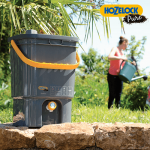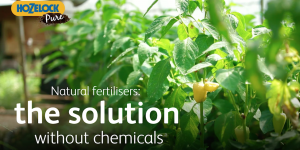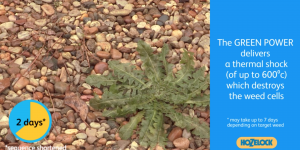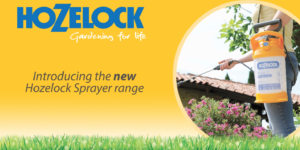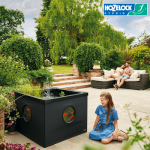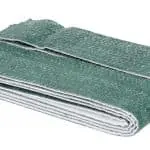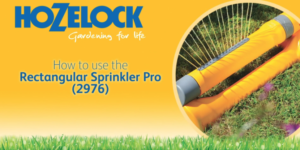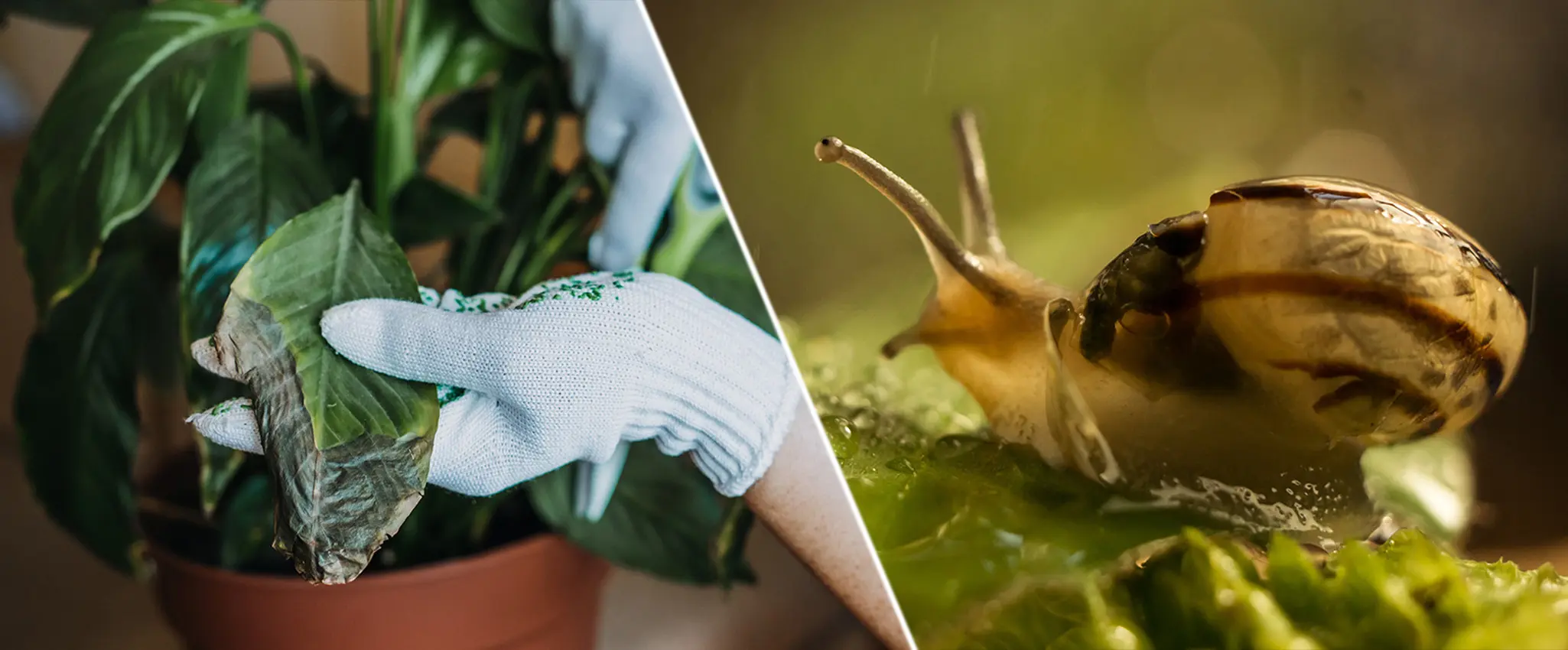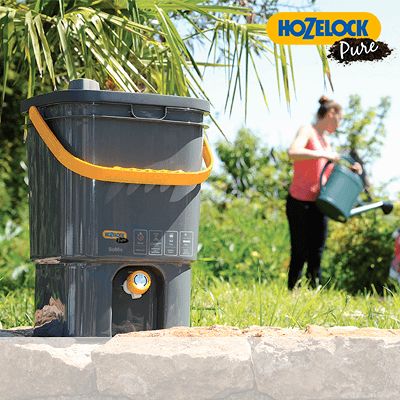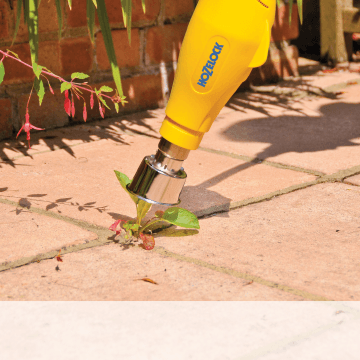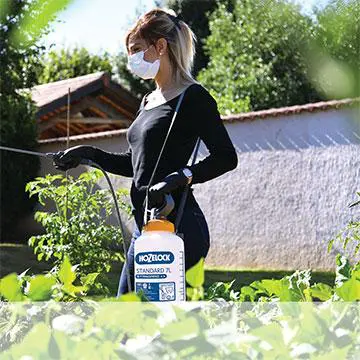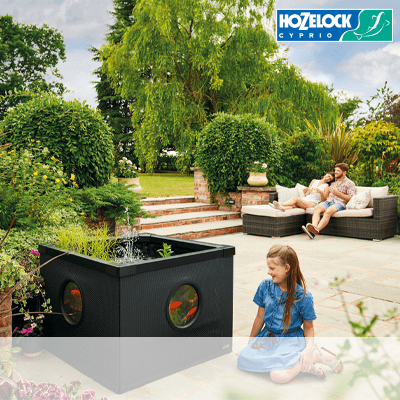What are the most common winter gardening problems? We help you find the solution to issues you may be facing in the garden during the colder months.
1. Pests
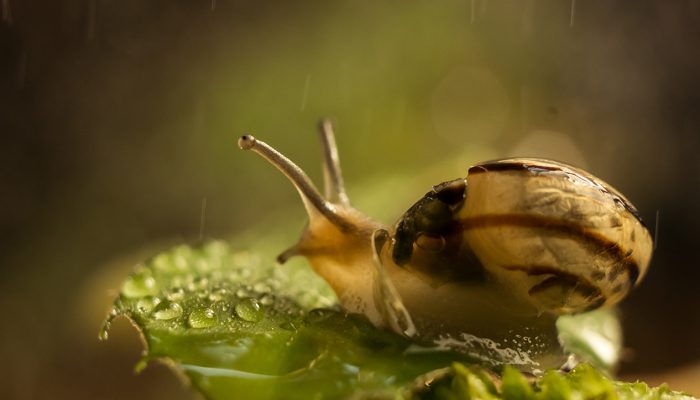
Many garden pests that are active in your garden during summer, are also present in winter. They can be a challenge to recognise early on before they cause any damage in the garden.
Solution: Checking your plants on a regular basis will help you find any pests. Visit Gardeners World for more help on removing pests. Sterilising your garden tools will also help prevent any pests from being introduced into your garden or greenhouse. Keeping your greenhouse well-ventilated will also create an environment not suited for pests.
2. Weak and Spindly Plants
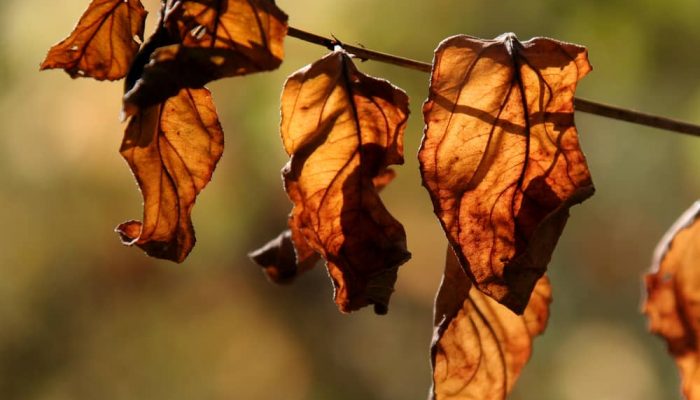
If your plants are weak and spindly, they may be receiving too little light. Most plants will thrive with 6-8 hours of sun each day, if your plants are receiving far less, then you may need to make some changes.
Solution: To rectify this problem, remove the cause of the shade or relocate the plants if possible. Moving plants could cause further damage so be careful when doing so. If your plants are in pots or containers, this can be easily done. As the Sun is much lower during winter, it’s common for plants to struggle during the winter season.
3. Off-colour Foliage
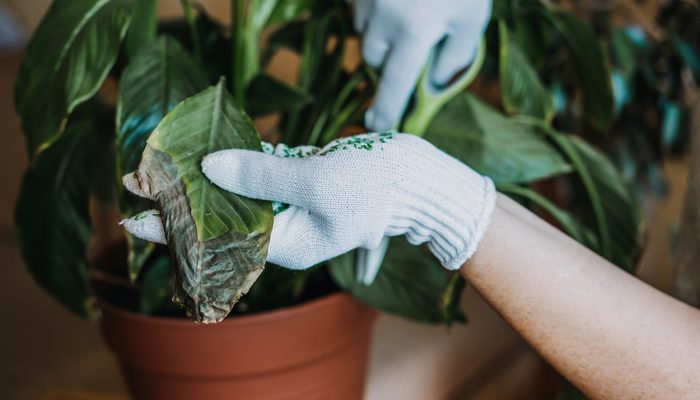
During winter, plants may start yellowing, defined by the term Chlorosis. There are many possible causes of chlorosis and it is often accompanied by other symptoms. A nitrogen deficiency in the plant causes a general yellowing or reddening on the leaves. Yellowing in areas between the veins is a cause of iron or magnesium deficiency. Iron deficiency affects young leaves first, whereas magnesium deficiency tends to affect old leaves first. A potassium deficiency is pronounced at the edges of leaves.
Solution: Chlorosis is common in winter as microbes need porous soil and warmer temperatures to thrive. Try bringing pots inside to help them survive. Alkaline soil (PH 7.0+) holds onto iron and other nutrients, try balancing out your soil if yours is a higher PH.
4. Weeds and Moss

Moss and weeds will thrive in colder temperatures. You can prevent this by creating conditions that are more favourable for grass, rather than weeds and moss.
Solution: Simply clean up and remove weeds and moss sprouts whilst they are small. Aerate your lawn as these small holes help facilitate the penetration of air, water and vital nutrients down to the grassroots. Top-dress the lawn with soil or compost, and smooth it out to improve drainage and the soil’s structure. This will help to encourage stronger roots. For easier and quick results, use the Hozelock Turbo Gas Weeder, an ideal tool for those who wish to eradicate weeds from their gardens, whilst respecting the environment.
5. Wind Scorch
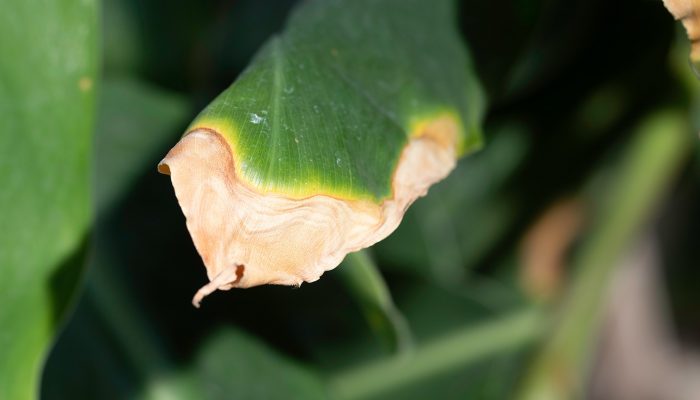
During the winter period, wind scorch (or leaf scorch) can be damaging to evergreen plants. Cold wind combined with poor soil conditions will produce dry, brown and scorched leaves.
Solution: To resolve this, look at adding wind-breakers into your garden to minimise the wind-strength. Re-locate effected plants, or implement larger plants and barriers around them. Reduce the amount of water loss from your plants by adding mulch around the base of the plant, helping to reduce the drying effect of wind on the soil.
6. Wilting Plants
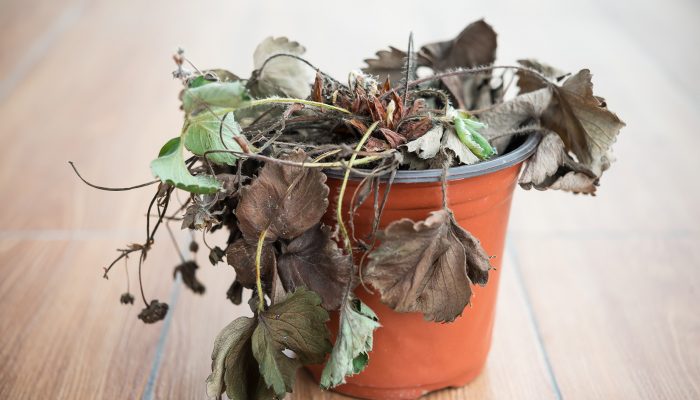
Wilting plants in the garden can be caused by over or under-watering, or a lack of light.
Solution: By adjusting your watering frequency, you can positively impact your plant’s health. Water when the soil is dry to the touch, and the temperature is not below 4°C. If your plant is struggling from frost damage, make sure they are in the best location to receive plenty of sunlight. Look into using polypropylene covers, which help protect plants from harsh weathers as well as certain pests.
We hope you enjoyed reading our blog on Common Winter Gardening Problems and Solutions. If you have made it this far, make sure to leave a comment below!




